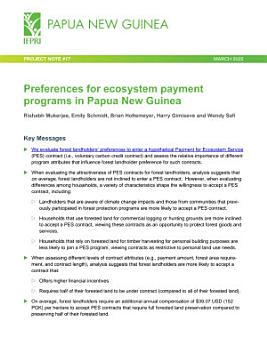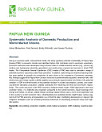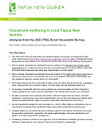Preferences for ecosystem payment programs in Papua New Guinea
About this ebook
When evaluating the attractiveness of PES contracts for forest landholders, analysis suggests that on average, forest landholders are not inclined to enter a PES contract. However, when evaluating differences among households, a variety of characteristics shape the willingness to accept a PES contract, including:
Landholders that are aware of climate change impacts and those from communities that previously participated in forest protection programs are more likely to accept a PES contract.
Households that use forested land for commercial logging or hunting grounds are more inclined to accept a PES contract, viewing these contracts as an opportunity to protect forest goods and services.
Households that rely on forested land for timber harvesting for personal building purposes are less likely to join a PES program, viewing contracts as restrictive to personal land use needs.
When assessing different levels of contract attributes (e.g., payment amount, forest area requirement, and contract length), analysis suggests that forest landholders are more likely to accept a contract that:
Offers higher financial incentives
Requires half of their forested land to be under contract (compared to all of their forested land).
On average, forest landholders require an additional annual compensation of $39.07 USD (152 PGK) per hectare to accept PES contracts that require full forested land preservation compared to preserving half of their forested land.





